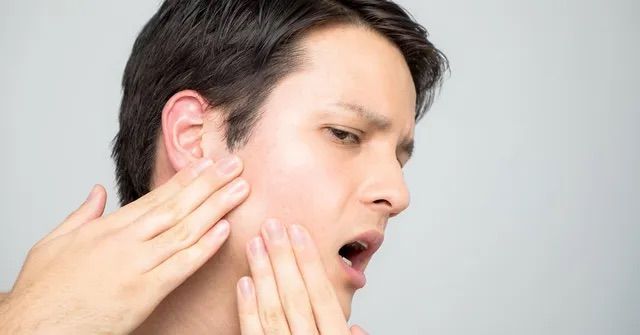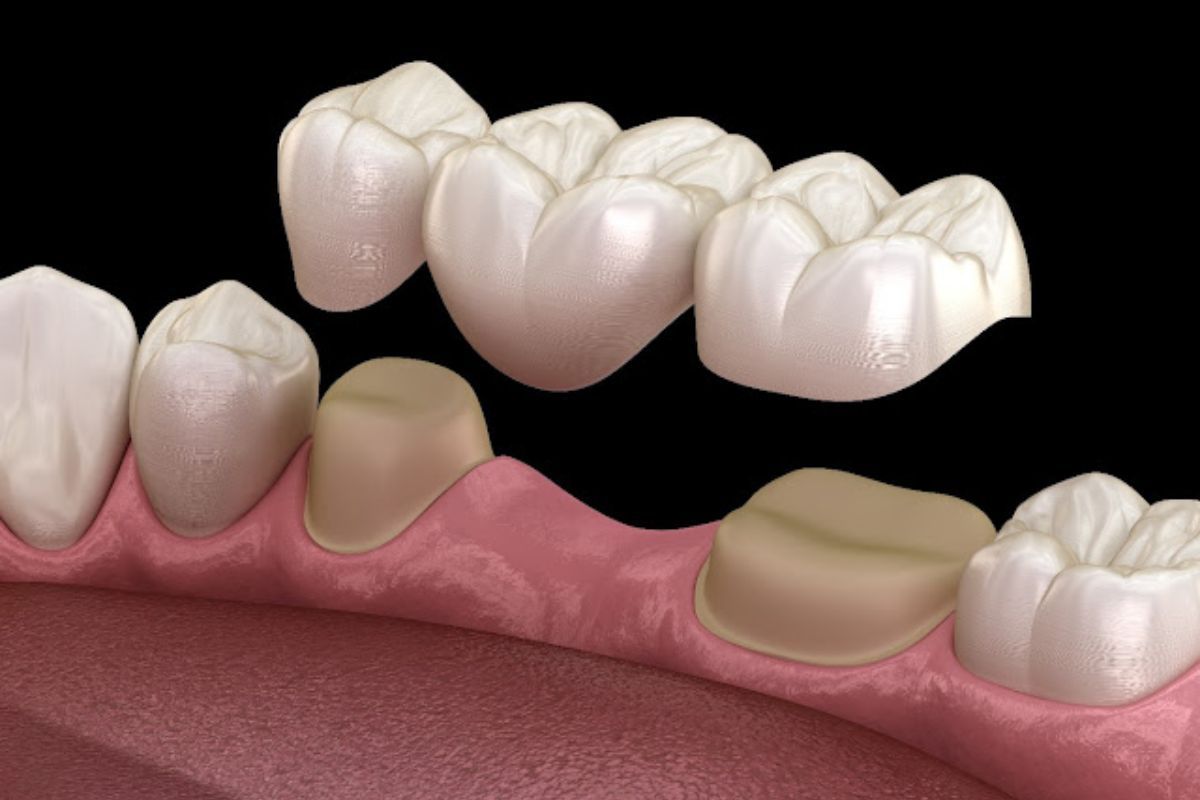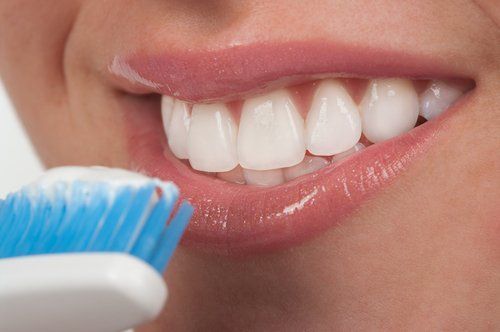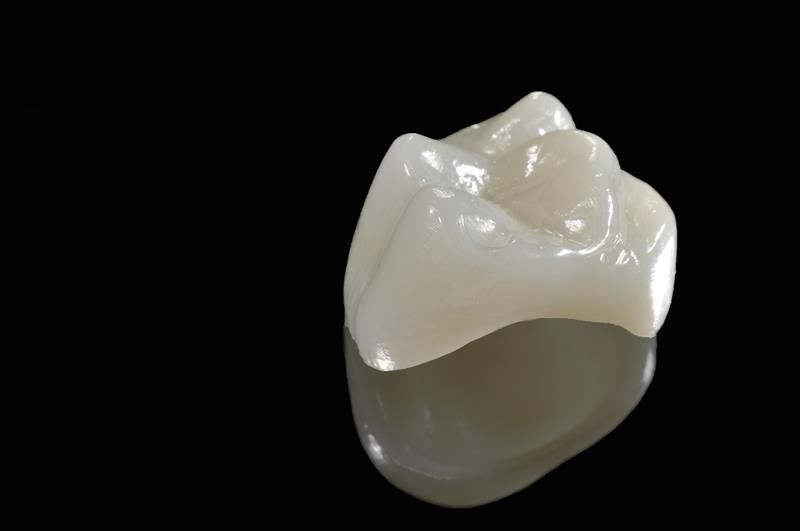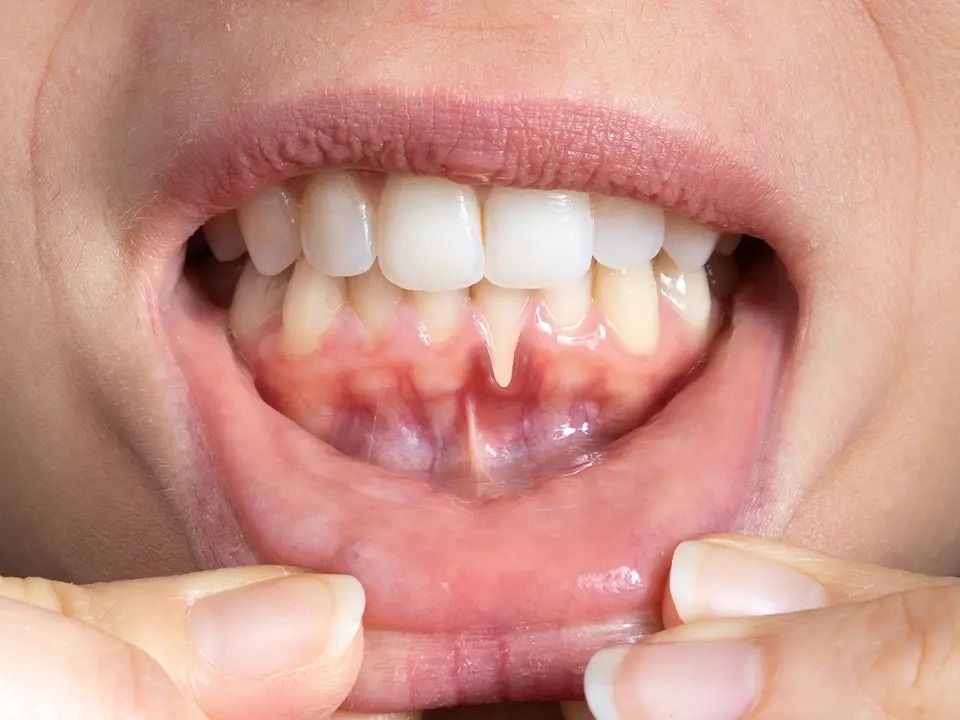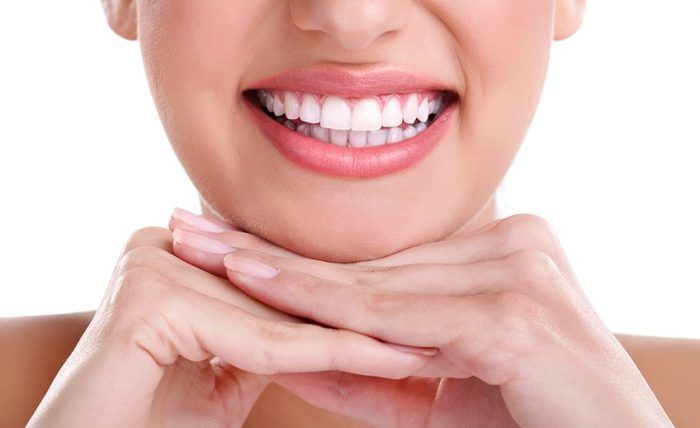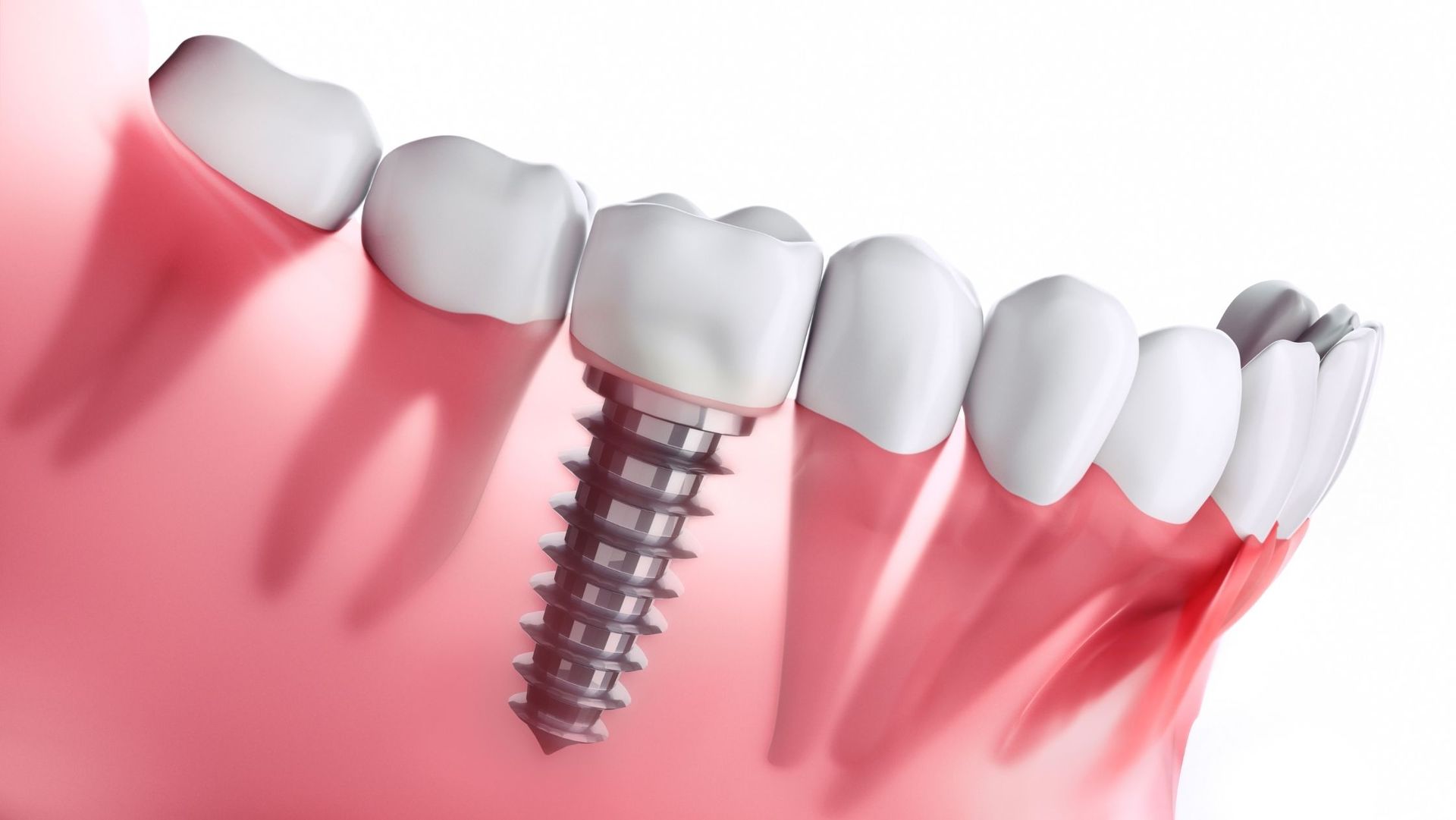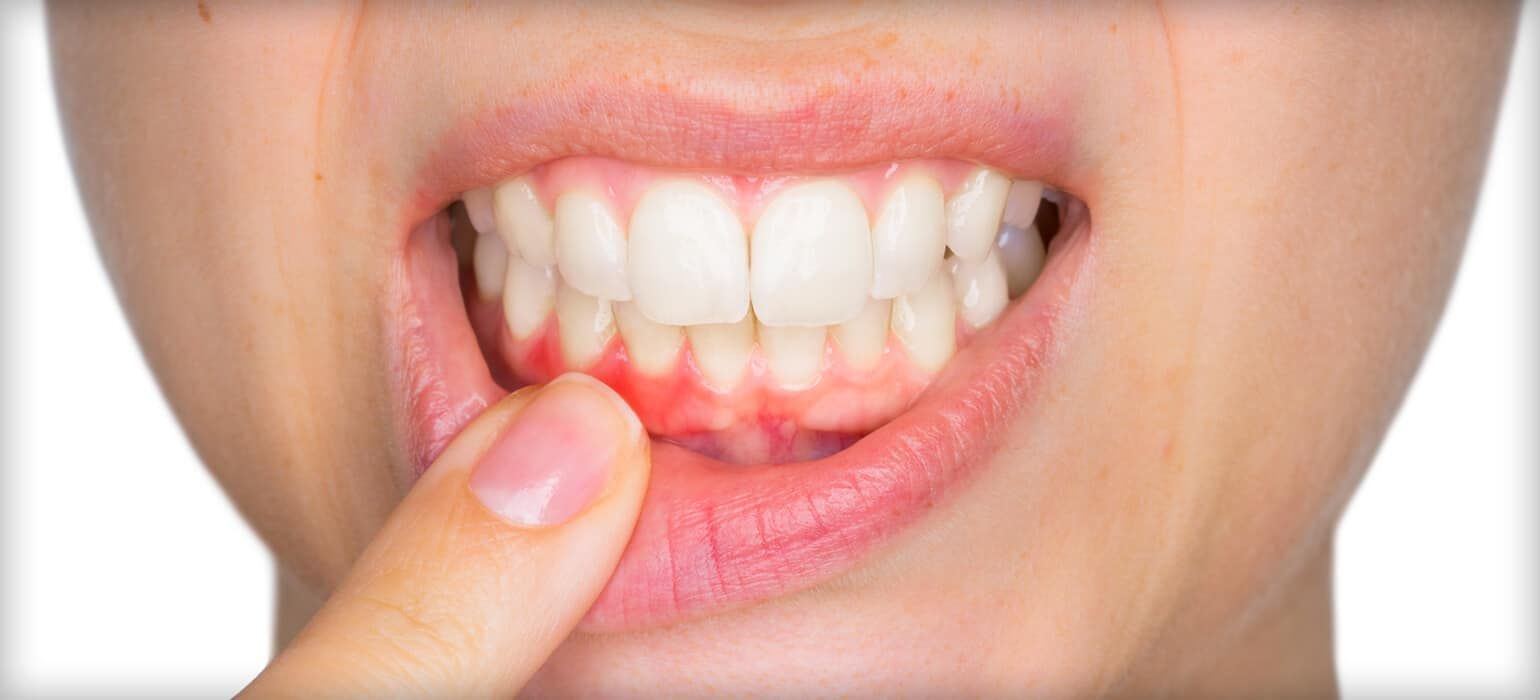Know the Best Flossing Practices
How to Maintain Optimal Oral Hygiene
Best Cosmetic & Restorative Dentistry in La Plata, MD
Maintaining optimal oral hygiene is essential for overall health, and flossing is a crucial component of this regimen. Despite its importance, many people either overlook flossing or perform it incorrectly. In this blog, we'll explore the best flossing practices to ensure your teeth and gums remain healthy and strong.
Why is Flossing Important?
Before delving into the best practices, it’s important to understand why flossing is necessary. Brushing alone cleans only about 60% of the tooth surface, leaving the areas between your teeth and below the gumline susceptible to plaque buildup and decay. Flossing helps remove food particles and plaque from these hard-to-reach areas, preventing gum disease, cavities, and bad breath.
Choosing the Right Floss
There are various types of dental floss available, and selecting the right one can enhance your flossing routine. Here are some common types:
- Nylon (Multifilament) Floss: Available in waxed and unwaxed varieties, nylon floss is flexible and can easily fit between tight spaces. However, it may shred or break on rough edges.
- PTFE (Monofilament) Floss: This single-filament floss is more durable and slides easily between teeth without breaking or shredding.
- Dental Tape: Wider and flatter than traditional floss, dental tape is ideal for people with larger gaps between their teeth.
- Floss Picks: These pre-threaded floss holders are convenient for on-the-go flossing and for those who have difficulty handling traditional floss.
How to Floss Properly
Proper technique is key to effective flossing. Follow these steps for the best results:
- Cut the Right Length: Cut about 18 inches of floss. Wrap the ends around your middle fingers, leaving about 1-2 inches of floss to work with.
- Hold the Floss Correctly: Use your thumbs and index fingers to guide the floss between your teeth. Maintain a firm grip to control the movement.
- Insert with Care: Gently slide the floss between your teeth using a sawing motion. Avoid snapping the floss, as it can hurt your gums.
- Form a C Shape: Curve the floss around each tooth in a C shape. This ensures the floss hugs the tooth and reaches below the gumline.
- Move Up and Down: Move the floss up and down against the tooth surface and under the gumline. Avoid pulling it back and forth, as this can damage your gums.
- Use a Clean Section: Use a clean section of floss for each tooth to avoid transferring plaque and food particles.
- Rinse After Flossing: Rinse your mouth with water or mouthwash to remove dislodged particles and freshen your breath.
Incorporating Flossing into Your Routine
Consistency is crucial for maintaining oral health. Here’s how to incorporate flossing into your daily routine:
- Floss Once a Day: Floss at least once a day, preferably before bedtime. This removes plaque and food particles accumulated throughout the day.
- Set a Reminder: If you’re prone to forgetting, set a daily reminder on your phone or place a sticky note on your bathroom mirror.
- Floss Before Brushing: Flossing before brushing can dislodge particles, making brushing more effective. It also allows fluoride from your toothpaste to reach between your teeth.
Tips for Effective Flossing
To maximize the benefits of flossing, consider these additional tips:
- Be Gentle: Avoid aggressive flossing, as it can damage your gums. Use a gentle motion and take your time.
- Choose the Right Time: Floss when you have a few minutes to spare and can focus on your technique.
- Use Interdental Brushes: If traditional floss is challenging, interdental brushes can be a good alternative. They come in various sizes to fit different gaps.
- Consider a Water Flosser: Water flossers, like Waterpik, use a stream of water to clean between teeth and below the gumline. They are especially helpful for people with braces or dental implants.
- Visit Your Dentist Regularly: Regular dental check-ups ensure any issues are detected early. Your dentist can also provide personalized flossing tips.
Common Flossing Mistakes to Avoid
- Using the Same Section of Floss: Reusing the same section spreads bacteria and debris. Always use a clean section for each tooth.
- Rushing the Process: Take your time to ensure you clean all areas effectively. Rushing can lead to missed spots and gum injury.
- Not Flossing Daily: Inconsistent flossing reduces its benefits. Make it a daily habit to maintain oral health.
- Ignoring Bleeding Gums: If your gums bleed when you floss, it could be a sign of gum disease. Continue flossing gently and consult your dentist if bleeding persists.
The Benefits of Regular Flossing
Regular flossing offers numerous benefits beyond a healthy smile:
- Prevents Gum Disease: Flossing removes plaque, a major cause of gum disease. Healthy gums are crucial for overall oral health.
- Reduces Cavities: By cleaning between your teeth, flossing reduces the risk of cavities in these hard-to-reach areas.
- Eliminates Bad Breath: Removing trapped food particles and bacteria helps keep your breath fresh.
- Improves Overall Health: Poor oral health is linked to various systemic conditions, such as heart disease and diabetes. Flossing contributes to overall health by maintaining a healthy mouth.
Myths About Flossing
Despite its benefits, several myths about flossing persist. Let’s debunk some common misconceptions:
- Myth: Flossing is Only Necessary if Food is Stuck: While flossing helps remove trapped food, it’s essential for removing plaque and preventing gum disease.
- Myth: Flossing Can Create Gaps Between Teeth: Proper flossing doesn’t create gaps. Instead, it helps maintain healthy gums and teeth.
- Myth: If Gums Bleed, Stop Flossing: Bleeding gums often indicate inflammation or gum disease. Continue flossing gently and consult your dentist for advice.
- Myth: Flossing is Painful: When done correctly, flossing shouldn’t be painful. If you experience pain, you might be using the wrong technique or floss type.
Flossing is a vital component of oral hygiene that offers numerous benefits for your teeth, gums, and overall health. By choosing the right floss, mastering proper technique, and incorporating it into your daily routine, you can maintain a healthy, beautiful smile. Remember, consistency is key, and regular dental check-ups will help you stay on track. Happy flossing!
6265 Crain Hwy, La Plata, MD 20646

